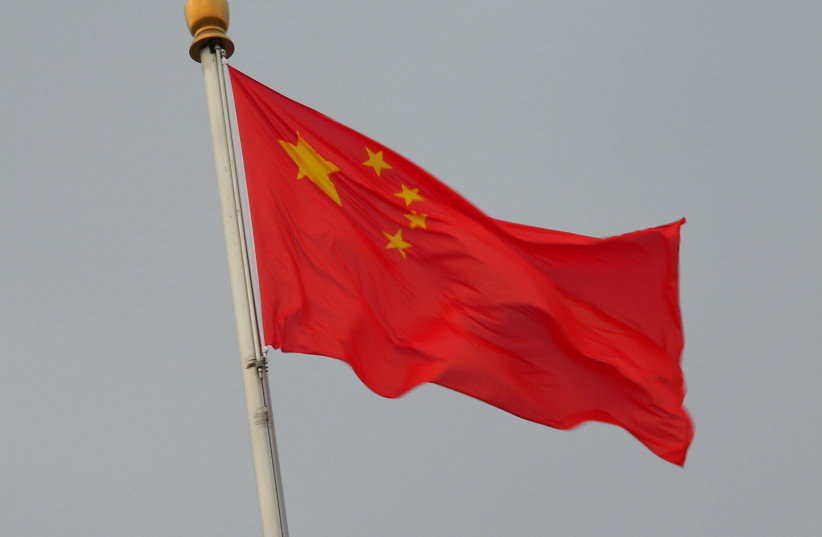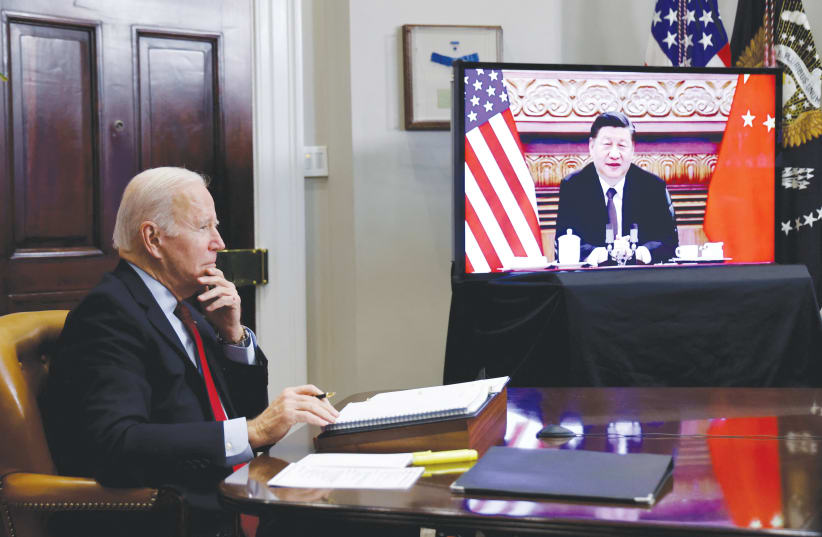President Biden’s recent Middle East visit might come to mark a strategic turning point. Viewed through the lens of great power competition with China, the Middle East is no longer a distraction for the US but rather a priority. Instead of exiting the Middle East, the US sees it must bolster its posture in the region to address China’s global impact. In the run-up and throughout his visit – in both Israel and Saudi Arabia – Biden repeatedly pledged, “We will not walk away and leave a vacuum to be filled by China, Russia or Iran.”
“We will not walk away and leave a vacuum to be filled by China, Russia or Iran.”
US President Joe Biden
During the past decade, the Obama and Trump administrations sought to disentangle the US from the Middle East in order to free up resources to refocus on Asia and China’s rise. Biden was now making the opposite case – reassuring allies and partners in the Middle East that the US is committed to an “active, principled American leadership” in the region.
One could easily write off these statements as political spin, an attempt to concoct an additional justification for the highly controversial meeting with Mohammed Bin Salman, the Saudi crown prince. However, Biden’s comments follow the US military’s evolving outlook on the Middle East. In May, soon after assuming command of the US military in the Middle East (CENTCOM), Gen. Kurilla stated, “The CENTCOM area of responsibility is literally and figuratively at the center of America’s global competition with China.”
The China factor
If the China factor would have been a mere excuse, it would not have featured so high on the visit’s “deliverables.” Furthermore, the US ambitions regarding China were not limited to specific measures that could mitigate China’s growing influence in the region; the US enlisted its regional partners to support its global priorities in challenging China’s rise.
For instance, Saudi Arabia agreed to become the new testing ground for an innovative cellular technology that might rattle Huawei’s 5-G global grip. The kingdom also undertook to finance major infrastructure projects of the G-7-endorsed “US Partnership for Global Infrastructure and Investment” – an alternative to China’s Belt & Road.


Under the aegis of the new “quadruple” I2-U2 grouping, Israel and the United Arab Emirates took on enhancing the role and involvement of India in the Middle East. From the American perspective, enhancing India’s engagement in the Middle East could be a counterweight against Chinese influence in the longer run.
MEANWHILE, JUST hours before Air Force 1 landed in Tel Aviv, the US and Israel announced establishing a strategic dialogue on technology. The statement unveiled enhanced US-Israeli R&D collaboration on cutting-edge technologies at the forefront of the US-China competition. Based on a previous Israeli commitment to notify the US of any future major Chinese investment, the statement laid the groundwork for limiting Chinese access to Israeli hi-tech and potentially restricting Israeli technology exports to China.
America’s strategic reorientation in the Middle East appears to be part of a broader reckoning – addressing the rise of China extends beyond the shores of the Indo-Pacific. The US administration seems to have realized that the “pivot to Asia” is insufficient. The Chinese-Russian “no limits’’ friendship and the war in Ukraine have ingrained the understanding that the Atlantic and Indo-Pacific arenas are essentially one front, as NATO’s Madrid summit demonstrated. It stands to reason that the landmass connecting both – the Middle East – is as strategically relevant.
America’s task in the Middle East, however, is far more complicated for two reasons. First, US Middle East allies and partners wish to avoid becoming entangled in the great power competition. While the war in Ukraine strengthened the alignment of European allies with the American outlook on China, this has not been the case in the Middle East.
Even Israel, America’s closest regional ally, turned Washington down for suggesting a more flexible approach towards Taiwan and steers clear of any reference to the Indo-Pacific.
Second, America’s newfound interest in the Middle East has not weakened China’s regional position and interests. Over the past few years, China’s vested geo-economic and geopolitical interests in the Middle East have expanded way beyond its dependency on the region’s energy resources.
To illustrate, the diplomatic “law of large numbers” and China’s fascination with UN votes make the Arab countries an expedient source of support for Chinese diplomacy. The Arab countries have repeatedly proven their value to China by bloc-voting at UN forums in favor of China’s positions on Hong Kong, Taiwan and the Uighurs. This is particularly relevant as China shifts gears in its attempts to redefine global norms under the guise of its two new schemes: the Global Security Initiative and the Global Development Initiative.
China will continue pursuing its Middle East interests, even if Saudi Arabia’s financing might leave a dent in its Belt & Road initiative at the behest of the US. Nevertheless, with the US actively seeking to diminish its adversary’s influence in the region, China may find that working in the Middle East is ever more difficult.
The writer is policy director of SIGNAL: Sino-Israel Global Network and Academic Leadership.
